1. Actions and steps for community service organisations
In the face of an accelerating climate crisis, the call for a comprehensive transformation of our economies and societies has never been more urgent. As Inger Andersen, executive director of the UN Environment Programme (UNEP), emphasises, incremental changes are no longer sufficient to stave off the catastrophic effects of climate change. Despite numerous voluntary pledges and initiatives, global emissions continue to rise, and devastating practices like mass deforestation persist. This highlights the failure of current measures to protect our environment and address the growing inequalities exacerbated by climate impacts. CSOs and businesses, therefore, have a crucial role to play in advocating for policies and regulations that drive systemic change at the necessary pace and scale.
To mainstream climate justice advocacy, you can take the following steps:
1. Advocate for policies and regulations:
- Work with policymakers, trade associations, and NGOs to shape laws.
- Support grassroots organisations, local, national and global campaigns and policy interventions.
2. Promote culture change:
- Use media and advertising to educate and shift current norms.
- Encourage inclusive and intersectional practice.
3. Internal advocacy:
- Mobilise employees to engage in and support climate justice and action.
- Integrate Climate Justice information into your staff meetings, newsletters, onboarding training, etc.
4. Support nonviolent public voices:
- Public voices against injustice are essential to drive change, and they are a fundamental right and element of a healthy democratic society. Voicing public disagreement against injustices has, however, often been depicted negatively, mainly by privately owned, conservative and fossil fuel-interested media.
- Recognise the impact of a small but determined percentage of the population.
5. Design an advocacy strategy:
- Authenticity: Be transparent and build trust.
- Ambition: Set stretch goals based on science.
- Agency: Empower employees and community members to advocate for change.
- Activism: Support social movements and human rights.
- Allyship: Focus on protecting marginalised communities and amplifying their voices.
2. Case study: Integrating climate justice in advocacy for gender and youth
Oxfam Quebec and PlanAdapt developed a Climate Justice Guide combining theory and practical applications, supported by case studies.
The guide uses a typology to understand climate justice, focusing on:
- Fair distribution of emission reduction responsibilities
- Investments in local adaptation capacities
- Just transitions to low-carbon economies
- Inclusive climate governance
- Investment in impact-matched capacities
The guide emphasises gender justice and youth active citizenship in creating inclusive governance and just transitions. Gender justice goes beyond ‘gender mainstreaming,’ aiming for equal benefits and women’s involvement in action planning. Youth active citizenship views young people as leaders and change agents.
The guide includes a ‘diagnosis’ of current gender justice and youth citizenship states, thematic entry points, and regional case studies. The work by PlanAdapt and Oxfam Quebec shows significant opportunities for embedding climate justice and making climate action governance more inclusive and just. Furthermore, Oxfam and Resilience Knowledge Hub have created the “The future is a Choice – Absorb, Adapt, Transform – Resilience Capacity” framework to help better understand the connectedness of resilience capacities.
Example campaigns:
Shifting gear: The path to cleaner transport. Climate Council
ACOSS: Blueprint Framework for Fair, Fast, and Inclusive Climate Change Action
First Nations Organisations Fighting for Climate Justice, Climate Council

